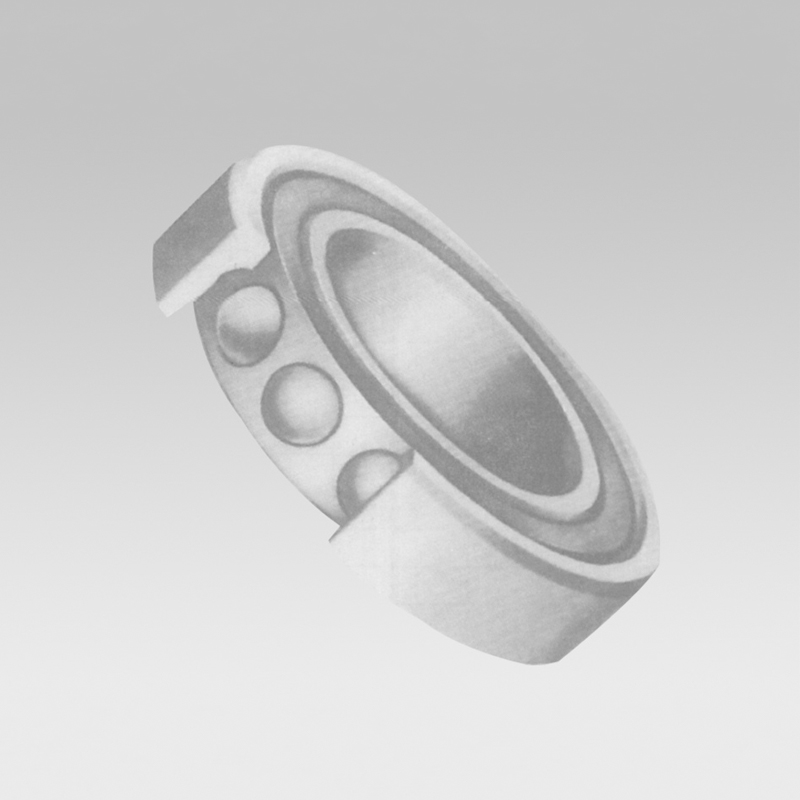
Jul . 29, 2024 03:37 Back to list
Detailed Specifications and Measurements for 638 Bearing Dimensions and Compatibility Information
Understanding 638 Bearing Dimensions A Comprehensive Overview
Bearings are vital components in machinery and equipment, facilitating smooth rotational or linear movement by reducing friction between stationary and moving parts. Among the various types of bearings available, the 638 series bearings are notable for their specific dimensions and applications. Understanding the dimensions and features of the 638 bearing series can significantly impact the performance and reliability of mechanical systems.
What is a 638 Bearing?
The 638 bearing series primarily refers to the deep groove ball bearing, which is designed to accommodate both radial and axial loads in either direction. These bearings are constructed with high-quality materials, typically bearing steel, ensuring durability and longevity in various applications. The designation 638 indicates specific dimensional properties that distinguish it from other bearings in the catalogue.
Key Dimensions of 638 Bearings
The dimensions of a 638 bearing are standardized, ensuring compatibility and ease of use in various applications. The key measurements include
- Inner Diameter (ID) The inner diameter of a 638 bearing is 8 mm. This dimension is crucial as it defines the fit on the shaft or the component it will rotate around. - Outer Diameter (OD) The outer diameter of the 638 bearing is 28 mm. This measurement allows for proper housing within the equipment or machinery. - Width (B) The width of the 638 bearing is 9 mm. This dimension affects the clearance, load-carrying capacity, and overall stability of the bearing.
The bearing’s dimensions are crucial in selecting the correct one for applications requiring precision and stability, such as in electric motors, gearboxes, and various automotive components.
Performance Characteristics
One of the standout features of 638 bearings is their ability to perform under diverse operating conditions. They are designed for high-speed operations and can handle moderate radial and axial loads. The deep groove design allows for a greater contact area between the balls and the raceways, enhancing load distribution and reducing wear.
638 bearing dimensions

638 bearings also demonstrate exceptional temperature resilience
. They can operate efficiently within a range of temperatures, making them suitable for various industries, including automotive, aerospace, and manufacturing.Applications of 638 Bearings
Due to their dimensions and characteristics, 638 bearings are widely used in several applications
1. Electric Motors The compact size and ability to support high speeds make these bearings ideal for electric motors, ensuring effective operation and prolonged service life.
2. Machine Tools In the manufacturing sector, 638 bearings help maintain precision and stability in machine tools, enhancing productivity and efficiency.
3. Home Appliances From washing machines to fans, these bearings are often utilized in household appliances due to their reliability and ease of maintenance.
4. Automotive Components The automotive industry leverages 638 bearings for components like alternators and gearboxes, where performance and durability are paramount.
Conclusion
Understanding the dimensions and features of the 638 bearing series is essential for engineers and technicians involved in machinery design and maintenance. The standardized dimensions of 8mm inner diameter, 28mm outer diameter, and 9mm width ensure that these bearings can be seamlessly integrated into a variety of applications. Their ability to manage both radial and axial loads while maintaining high performance under varying conditions makes them a vital choice in mechanical engineering. With their widespread applications ranging from industrial machinery to everyday appliances, 638 bearings exemplify the critical role that bearings play in enhancing the performance and longevity of mechanical systems.
Latest news
-
Common Failures in Thrust Ball Bearings and Solutions
NewsAug.22,2025
-
How Tapered Roller Bearings Can Take Shock Loads
NewsAug.22,2025
-
Angular Bearings in High-Precision Spindles
NewsAug.22,2025
-
The Impact of Misalignment on Cylindrical Roller Bearing Performance
NewsAug.22,2025
-
The Role of Cage Design in Deep Groove Ball Bearing Durability
NewsAug.22,2025
-
The Impact of Material Quality on Machinery Bearings’ Lifespan
NewsAug.22,2025
